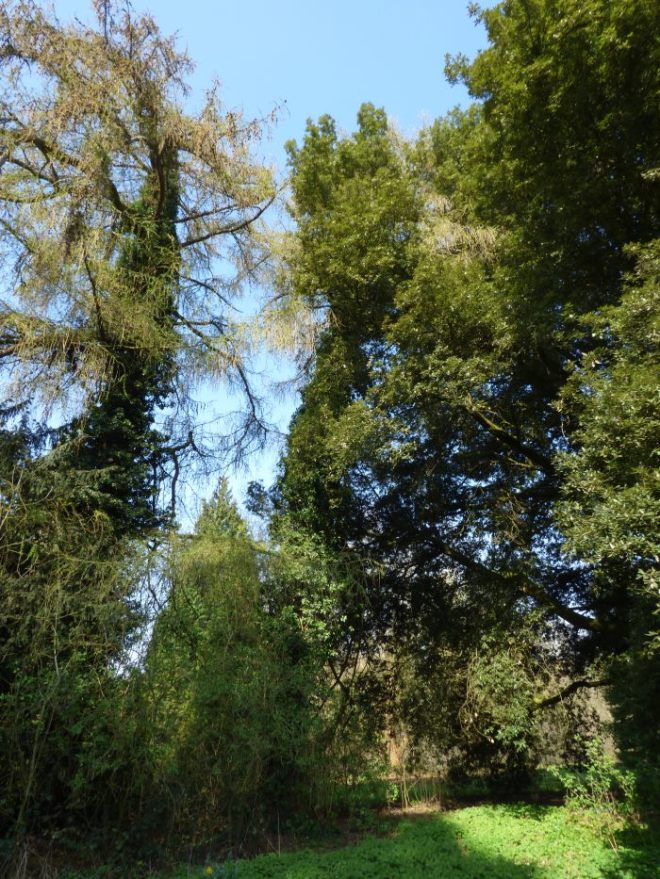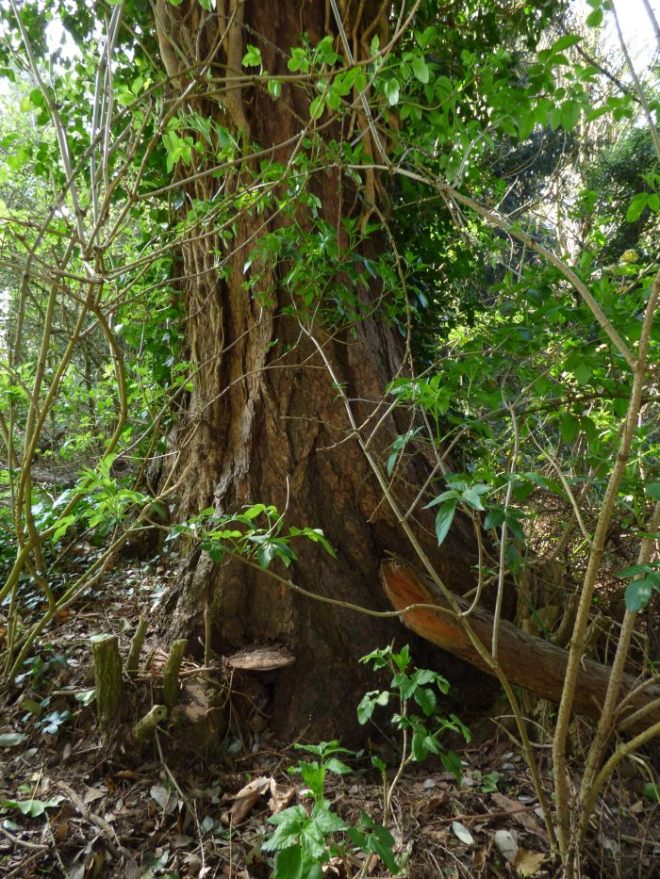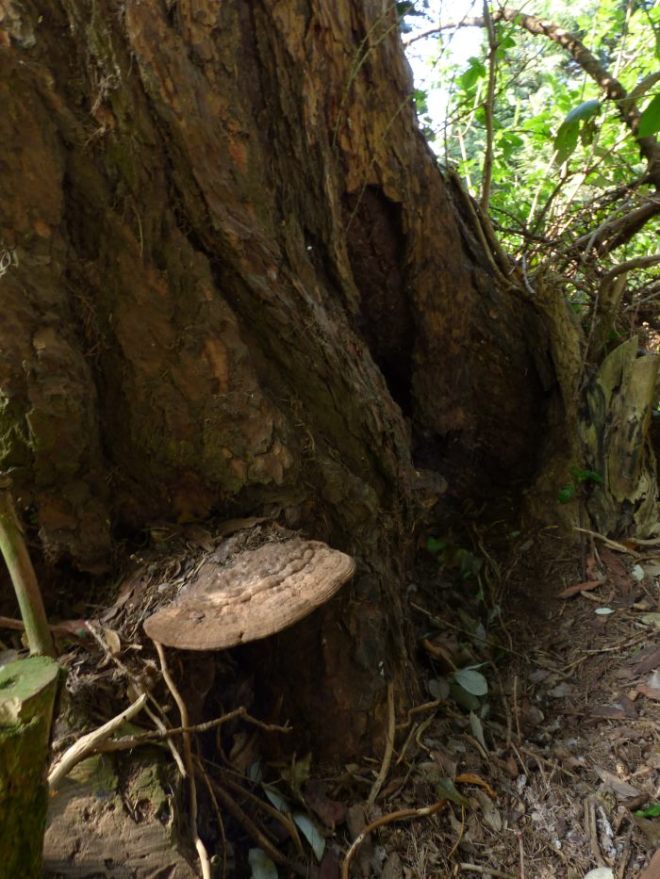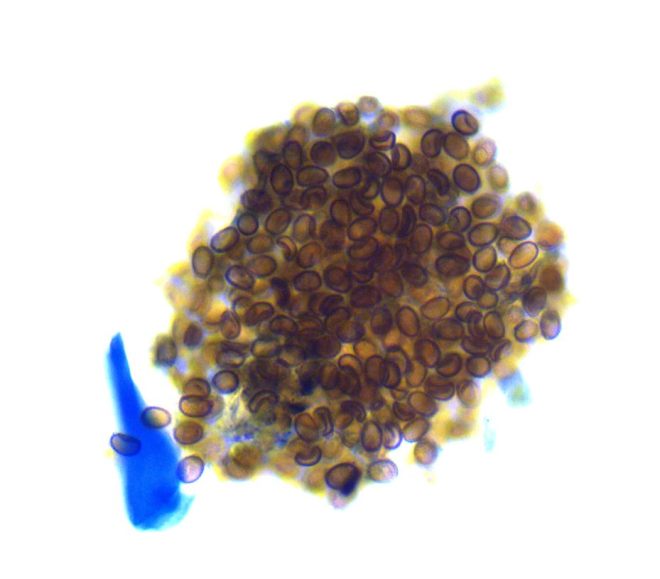For those of us in the arboricultural world, we are certainly aware of this wood-decay fungus. Its presence is often much maligned and associated with significant risk, and indeed in many an instance such concern is warranted. However, it can also act saprotrophically, decaying abscised or dead roots that provide no structural support. Therefore, caution is always to be exercised when making conclusions about trees with Meripilus giganteus, and Julian Forbes-Laird provides a good little write up on his views of the fungus here.
The purpose of this blog post is not, however, to pull apart the literature and assess what level of risk this fungus presents us with. Instead, I am here to show you a bunch of pretty awesome images, showing the host range I have personally seen Meripilus giganteus possess. Indeed, there are hosts not listed here that it is indeed found upon, though on a personal level seeing something first hand is much better than reading about it in a book and never actually getting to see what it is you have read. Get out and explore!
Acer pseudoplatanus (sycamore)
The only time I have seen this fungus on sycamore is on a stump – oh, how interesting…! To be perfectly honest, seeing it on a living host is far more exciting, though this does a good job of illustrating its ability as a saprotroph. Furthermore, it’s actually not at all bad as an example, and some oyster mushrooms even snuck in on the party – as did honey fungus on the root plate.



Acer saccharinum (silver maple)
Again, this is an association I have observed only once. For the number of silver maple about and the fact that many of them are maturity, I’d expect for this association to increase in local abundance in the coming decade or two, though for now one single example suffices to prove the point – this association does happen! Unlike on the sycamore stump, it’s a single mass of fronds and has indeed peaked and is now therefore senescent. A shame I didn’t catch it a week or so before, but oh well – we need to be able to identify fungi in all their stages of life, when out assessing trees.



Aesculus hippocastanum (horse chestnut)
Let’s be frank here – what doesn’t attack this poor species?! It is riddled with everything under the sun (I am surprised it hasn’t been attacked by ash dieback and Dutch elm disease…), and it being a suitable host for Meripilus giganteus is no different. The images below are from two separate trees, with one showing the near-primordial stage of fruit body formation, and the other demonstrating how bleedin’ sneaky this fungus can be. A master of subterfuge!







Carpinus betulus (hornbeam)
This is another association I have come across only once, and this hornbeam (which has seen far better days) happened to be laden with Ganoderma australe as well. Again, this one was caught a little late, though it once more outlines that Meripilus giganteus can surprise us with what it uses as a host.


Fagus sylvatica (beech)
Yes, I have seen this association more than once – easily! It’s arguably fair to say that this is the most widely-known host for Meripilus giganteus, in the UK. Below are a selection of photos that show the better examples I have come across.













Quercus robur (English oak)
This association is one I see a fair bit – not at all as abundant as it is found with beech, however. Typically, the oaks are at least mature and crown condition isn’t fantastic, though that’s nothing compared to the one I found on red oak below!







Quercus rubra (red oak)
For this one, I am just going to let the pictures do the talking. As far as I am aware, this oak is being removed, and rightly so!






Sorbus aria (whitebeam)
Now this last one I wasn’t expecting! It’s very beaten and bruised and has succumbed to the elements a fair bit, but it is the only time I have ever seen this association and might well be the only time I ever do. The whitebeam is certainly mature, and the entire line are afflicted with one thing or another – this one has Meripilus giganteus, the next one has Ganoderma australe at the base, and another has its dead roots being colonised by Abortiporus biennis. The sorbi taking one for the fungal team here, evidently!

























































